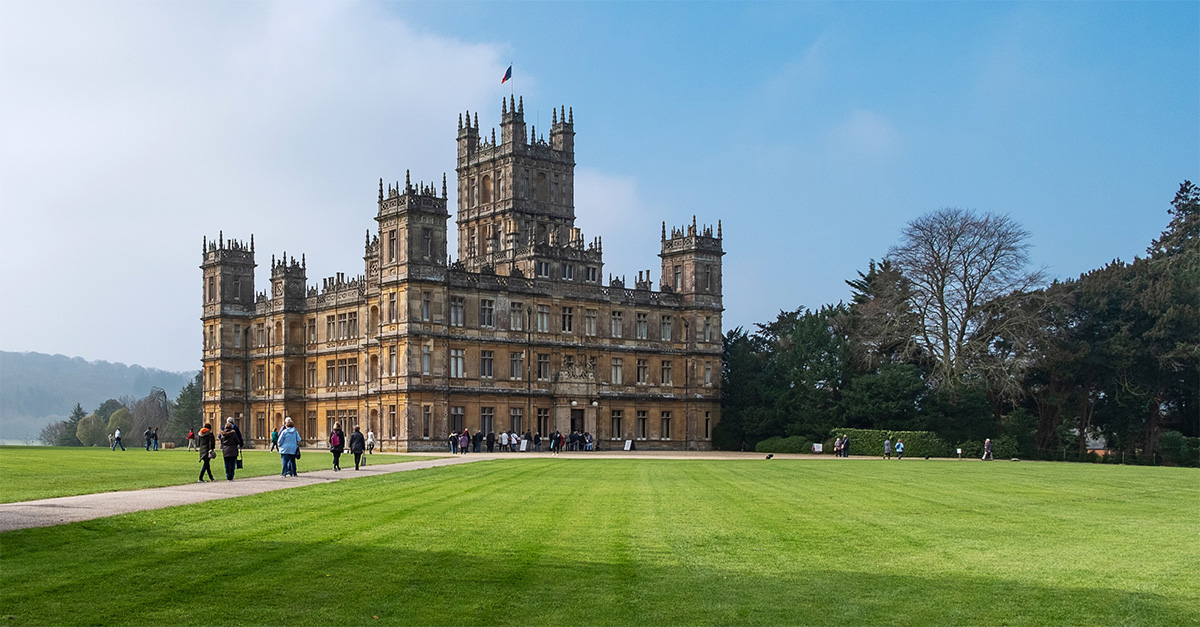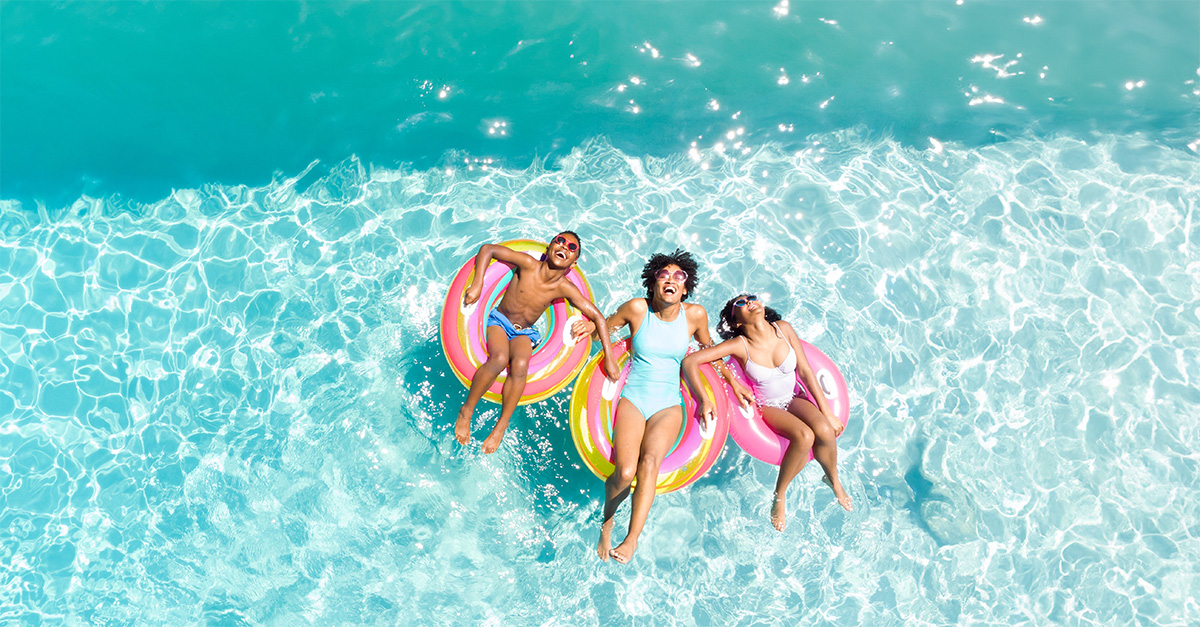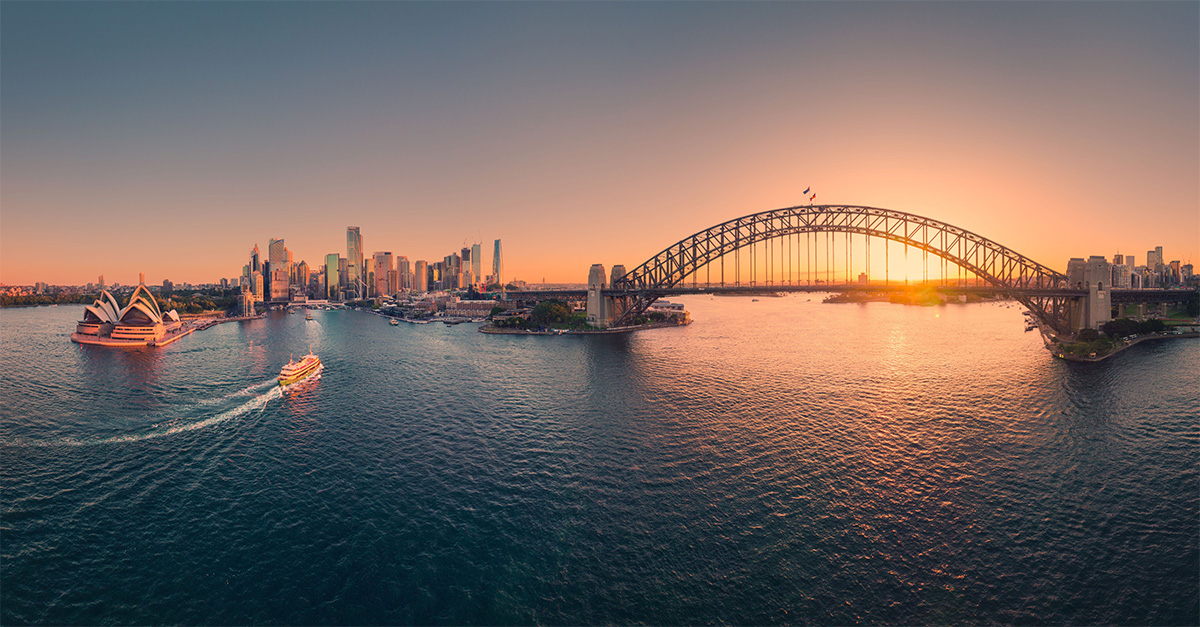A Galapagos cruise is a once-in-a-lifetime trip for clients who are passionate about wildlife – and 2009 is a great time to go, as it marks the anniversary of Charles Darwin, the naturalist whose theory of evolution they helped inspire.
Here’s a guide to what you can expect from each island. Navigate the map using the controls in the top left corner, and click the red pins for more detail. Alternatively, read the simple text version.
View Galapagos: Island cheatsheet in a larger map
“This is a great time to visit the Galapagos,” says Journey Latin America’s Laura Rendell-Dunn. “The deals out there can reduce the price of a cruise by up to 30%. That could be a saving of about £600 – the price of the flight out there.”
For a 13-night trip including a seven-night Galapagos Cruise, a few nights at Quito either end, and international and domestic flights, clients will be paying £2,500 to £5,000 per head. Due to the price point, visitors will often be empty-nesters or retired.
To prevent tourism damaging these islands, the number of boats that can visit each year are limited. The largest only carry about 40 or 50 passengers. Recommend clients book about a year in advance to ensure they can find space on their first choice vessel and schedule.
The standard length of a cruise is seven nights, but they can go up to 11, and down to three. Sailing is mostly done at night, with one or two islands visited each day. All guides are certified marine biologists and speak English.
When to go
The Galapagos is a year-round destination, although September usually sees the boats sent to dry dock for repairs. There is always something to see, and different times of year favour different birds and animals, so do some background research if clients have their hearts set on seeing a particular species.
The dry season runs from June to November, and whales, fish and seabirds are attracted by the plankton-rich waters. It’s the best time to see albatross and penguins.
December to May is the wet season, with some thunderstorms from January to April. The water is warmer for snorkelling, although there is a little less marine life. Flowers bloom, it’s mating season for land birds and sea lions, and nesting time for turtles.
In July and August the sea is at its coldest, and often choppy, so it could be a period to avoid for snorkelling fans.
Sample product
Intrepid Travel offers an eight-day cruise and flights from Ecuador to the Galapagos from £1,915 per person. intrepidtravel.com,020 3147 7777
Journey Latin America offers an eight-day cruise on Eclipse from Ecuador to the Galapagos from £3,007 per person. journeylatinamerica.co.uk, 020 8747 8315
Bales Worldwide offers an eight-day cruise on the La Pinta excluding all flights from £3,504. balesworldwide.com, 0845 057 1819
Galapagos Island cheatsheet
Baltra
This island is home to a military base and one of the two airports in the Galapagos. It’s the only island that isn’t part of the National Park, and is just the arrival point, with little to see.
Bartolome
This tiny island, an extinct volcano, is one of the most visited and most photographed. Offshore, the snorkelling sites are home to Galapagos penguins, sea lions, rays and sharks. It’s also a mating and nesting site for green sea turtles (November to January).
Espanola
The oldest of the islands, its remote location means there’s a high number of endemic species including the hood mockingbird and the waved albatross. Visit in May for mating dances, June to August for the hatching of eggs and then up to December to see the chicks.
Fernandina
Only 700,000 years old, this is the youngest of the islands and its black lava rocks are home to marine iguanas, Galapagos penguins and flightless cormorants.
Floreana
One of the few islands with human as well as animal history, Floreana was a favourite with early settlers, whalers and pirates. There is a green sand beach, pink flamingos and thrilling snorkelling at the centre of a volcanic crater at Devil’s Crown.
Genovesa
This northerly island is a haven for seabirds, and the long crossing to it can be rough, but it’s worth it. After anchoring by a steep volcano crater, visitors see thousands of frigate birds, red-footed boobies, storm petrels and swallow-tailed gulls nesting. Further inland they can spot warblers, herons, finches, owls and doves.
Isabela
There is rich animal and bird life on this largest island. Many wild tortoises roam free around its calderas, and there are indigenous finches, hawks, doves and pelicans.
North Seymour
This tiny islet is a great place to see both frigate birds, with their hooked beaks and red throat pouches – inflated to the size of a football in mating season to attract the ladies – and blue-footed boobies.
Rabida
Iron in the lava gives this small island its signature red colour. Between July and September brown pelicans make their nests by the island’s lagoons.
San Cristobal
The most easterly of the islands is home to one of the two airports, the Galapagos National Park Visitor Centre and has a selection of hotels and restaurants. In terms of wildlife, there are tortoises, red-footed, blue-footed and masked boobies.
Santa Cruz
Centrally located, Santa Cruz is home to the Charles Darwin Research Station, which runs a giant tortoise breeding programme. Puerto Ayora is the largest settlement on the islands and the only place with banks, ATMs and shops for souvenirs or necessities.
Santiago
The dark sands and rock pools of Puerto Egas bay are home to sally lightfoot and hermit crabs. There is a grotto that provides visitors with a rare opportunity to swim with fur seals, and they can spot finches, hawks and vermilion flycatchers.




